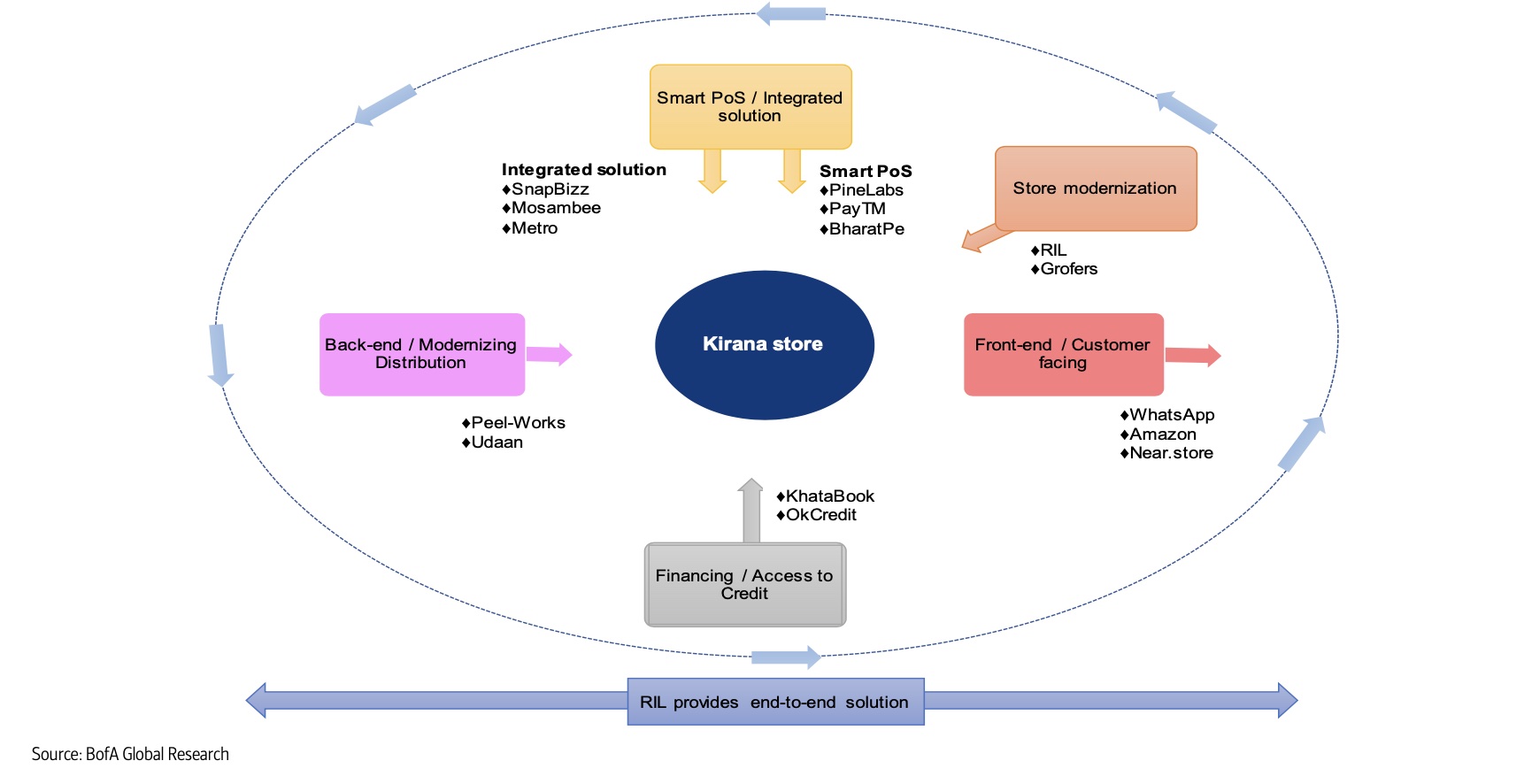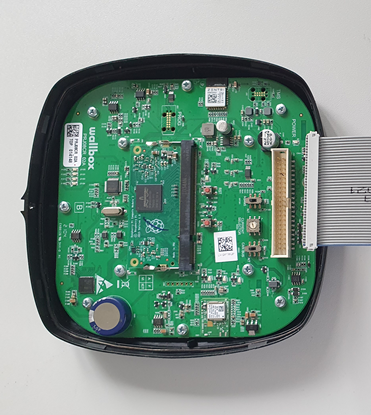To get a roundup of TechCrunch’s biggest and most important stories delivered to your inbox every day at 3 p.m. PDT, subscribe here.
Hello and welcome to Daily Crunch for August 3, 2021. Today we have a delightful mix of news for you, from Twitter product changes to VCs in trouble to megadeals and even some super-early-stage rounds. Let’s have some fun! — Alex
The TechCrunch Top 3
- Even VCs get hit by ransomware: Sure, less technically savvy folks get hit by malware and ransomware all the time. You don’t really expect better from legacy telcos or underfunded utilities. But when the victim is Advanced Technology Ventures, which has around $1.8 billion in assets under management, the scourge of aggressive cybercrime starts to take on a more sinister flavor. Who is safe? No one?
- Unfavored Fleets Flee: Twitter’s plan to kill off its Fleets product hit the ground today. It’s gone from our iOS apps. Fleets were fleeting, as everyone has noted, with the lifecycle of the product coming and going in rapid succession. Bad news for Twitter? Not really. Its Stories-like feature wasn’t too popular, and the company has a million other things in the wings, like its subscription service, its live audio product and its newsletter effort.
- Substack buys Letter: TechCrunch covered this deal today, causing your humble scribe to sit back and think. Why would Substack buy Letter, a platform for written debate? Well, the newsletter-focused startup is big on the written word, and the value thereof. And many well-known Substack authors are controversial in one way or another. You know, the sort of folks you might want to see have a, say, debate? The two products should line up well.
Startups/VC
We’re breaking our startup and venture capital news today into three sections. The first deals with VCs themselves. Then we’ll talk through some mega-rounds and close with some small venture deals worth our time.
- Moderne Ventures raises $200M: Every first-time venture capital fund wants to get to its second fund. And if they do, to raise a larger fund. From that perspective, things seem to be going well at Moderne, a firm whose second fund is a multiple of the size of its first. And it was oversubscribed. What does the group invest in? Per our own reporting, startups working in the “real estate, finance, insurance and home services industries.”
- VCs going public is a thing? Yes, it turns out, it is a thing. Several European venture capital funds have gone public in recent quarters, including Draper Esprit moving from the smaller AIM to the main board in London. It turns out that being a public VC can remove certain time constraints that more traditional venture capital firms have to deal with. And regular folks can invest.
Now, some huge rounds:
- India’s BharatPe raises $370M: Confirming TechCrunch’s previous scoop, fintech unicorn BharatPe is now worth $2.85 billion after Tiger led its most recent round. The company, TechCrunch reports, “operates an eponymous service to help offline merchants accept digital payments and secure working capital.” Given the number of SMBs in India, BharatPe’s TAM is huge. And now it has nigh-infinite capital to use to power its own growth.
- Rapyd raises $300M for fintech APIs: The fintech world saw not just one huge round today, but two. Rapyd’s $300 million infusion led by Target Global values the firm at around $8.75 billion, per TechCrunch sources. What does Rapyd do? It offers APIs that power wallets, money transfers and card issuing, among other services, helping other companies offer fintech services around the world.
- Sure, why not, here’s another huge Tiger round from India: More evidence that Tiger is building an index fund of growth-focused private companies the world ’round, and that the Indian startup market is red-hot, Infra.Market announced its third round in nine months today. The $125 million Series D values the Mumbai-based company at $2.5 billion, post-money. Infra.Market builds software to help construction companies get the raw materials they need and handle project logistics.
And then there’s startup news from the earlier side of the market:
- bina raises $1.4M for kid-focused edtech: bina — the small b is part of its branding — wants to build an online school with small class sizes aimed at 4- through 12-year-olds. Given the huge changes to the global education market in light of COVID-19, it’s a big task.
- $1.3M for African-focused agtech startup Khula: Providing farmers large and small with software and a marketplace, Khula wants to meet chronic issues in the African farming market with technology.
- Finally, Aira’s wireless charging tech just raised $12 million: Sure, Apple gave up on AirPower, but Aira is still hard at work on the wireless charging problem set. Which gives us hope, because our phones are always out of batteries, along with our headphones, keyboards and pretty much everything else. It’s not just us, right?
- Citizen launches its $20/month Protect service: Controversial consumer security startup Citizen’s Protect service is now something that you can buy. Reach that line of communication and the company’s staff will help you handle your emergency. That doesn’t sound too spicy, but as TechCrunch reports “the app made news earlier this year for launching a private ‘personal rapid response service’ fleet of vehicles and a reward for a person wrongly accused of starting a Los Angeles wildfire.”
Embodied AI, superintelligence and the master algorithm
Over the next 18 months, one technologist says the increased adoption of embodied artificial intelligence will open a path to superintelligence — incredibly powerful software that dwarfs anything the human mind could produce.
“All the crazy Boston Dynamics videos of robots jumping, dancing, balancing and running are examples of embodied AI,” says Chris Nicholson, founder and CEO of Pathmind, which uses deep reinforcement learning to optimize industrial operations and supply chains.
“The field is moving fast and, in this revolution, you can dance.”
(Extra Crunch is our membership program, which helps founders and startup teams get ahead. You can sign up here.)
Big Tech Inc.
- YouTube’s big short push goes live: Alphabet’s Google division has a video product called YouTube that you may have heard of. And the subsidiary’s subsidiary has a $100 million fund that it hopes will drive interest in creating short-form videos for its viewers. TikTok changed the video game, and YouTube’s huge financial response is now live.
- Google updates its Maps product on iOS: If you use Maps on iOS, which we reckon is around half of you reading this note, good news. Now you can share location more easily in iMessages, use dark mode and get traffic data on your home screen. You are welcome.
- Nikola warns on EV deliveries: The chip shortage has a new victim. This time it’s Nikola, the troubled EV company that saw its CEO under fire for fraud in recent days. The company was an early SPAC success and now stands as a cautionary tale for the financial mechanism.
- Marvell buys Innovium for $1.1B: Here’s a neat acquisition story that is also something of a letdown. Innovium, a maker of “networking ethernet switches optimized for the cloud,” per our own reporting, was worth a bit more in its final private round. Still, it’s a big deal and a billion-dollar-plus exit, making it worth our time.
TechCrunch Experts: Growth Marketing

Image Credits: SEAN GLADWELL (opens in a new window) / Getty Images
TechCrunch wants to help startups find the right expert for their needs. To do this, we’re building a shortlist of the top growth marketers. We’ve received great recommendations for growth marketers in the startup industry since we launched our survey.
We’re excited to read more responses as they come in! Fill out the survey here.
Our editorial coverage about growth marketing includes articles from the TechCrunch team, guest columns and posts like “Demand Curve: Questions you need to answer in your paid search ads” by Stewart Hillhouse on Extra Crunch.






